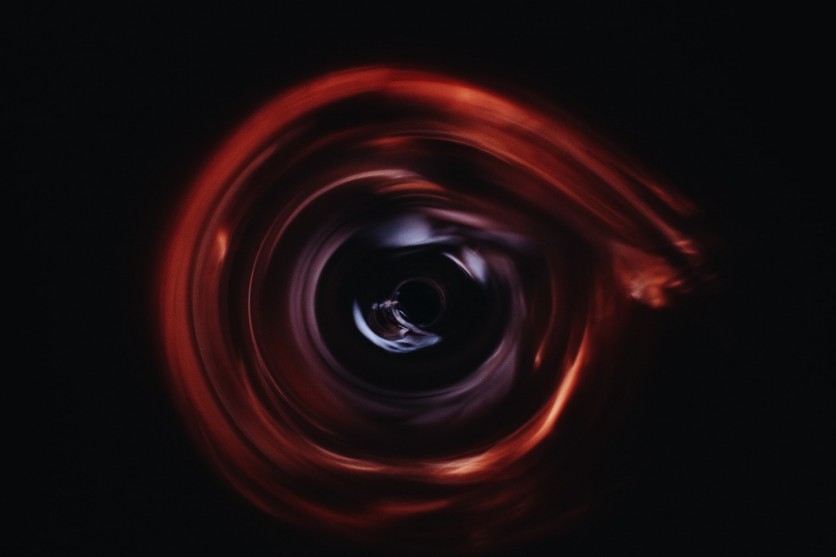Science aims to push the boundaries known to man, and that ideology is what took place from the recent study from the University of Amsterdam, in the Netherlands where they created a black hole in the laboratory. The team aims to test the famous General Theory of Relativity, created by one of the most brilliant minds in existence, Dr. Stephen Hawking.
Hawking gave the world a way to look into and study black holes, but also presented them with a study into the hypothetical particles known as the "Hawking radiation," one that researchers are trying to discover.
Black Hole in a Lab: Scientists Create One to Test Hawking's Theory

The University of Amsterdam, led by Lotte Mertens, has published a paper in Physics Reviews, centering on the study which created a black hole in a lab.
The team aimed to replicate a black hole, one that aims to test the famous Hawking radiation theory from the legacy of one of the world's brilliant minds, Dr. Stephen Hawking.
The research centered on simulating the event horizon of a black hole, which they created in a lab, with ScienceAlert's report stating that the researchers observed it glowing.
Its study aims to bridge the gap and contradicting ideologies of two famous theories in the world, one of which is Albert Einstein's General theory of relativity, and the other, quantum mechanics.
Read Also : Neutrino 'Ghost Particles' in the South Pole Speculated to be From NGC 1068's Black Hole
The Hawking Radiation and How it Comes to Play on This
It is known that the distance between the black hole's center of mass and an object passing through is called the event horizon. Interruptions to quantum fluctuations caused by this phenomenon resulted in a type of radiation similar to thermal radiation called "Hawking radiation," which the English cosmologist popularized.
Studies like what the University of Amsterdam recently made are one of the ways to investigate its properties to prove this theory.
Black Holes, Its Study, and Stephen Hawking
Creating black holes in a lab has been done before, and it too aims to prove the theory made by the famous English researcher who passed away in 2018, Dr. Stephen Hawking. The famed cosmologist's legacy left behind a massive look into black holes, one that previously challenged the famous General Theory of Relativity created by German Physicist, Albert Einstein.
It bore the theory behind Hawking radiation, a hypothetical particle that has never been directly observed in the past, with researchers aiming to replicate and observe one.
Researchers can study black holes thanks to Stephen Hawking, which centers on a glowing entity in space, and not necessarily black and void of color. With this discovery and a challenge to Einstein's theory, modern studies can now detect, identify, and even record the sound made by a black hole, one which centers on an eerie remix.
Modern takes on studying these space phenomena will help expand more on the theory behind Hawking radiation, with more research centering on creating black holes in the laboratory. This recent experiment resulted in a glowing black hole, something which expands more on the theory to soon become a scientific law.
This article is owned by TechTimes
Written by Isaiah Richard
ⓒ 2025 TECHTIMES.com All rights reserved. Do not reproduce without permission.




